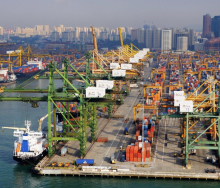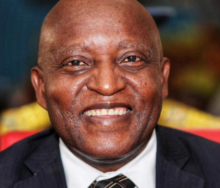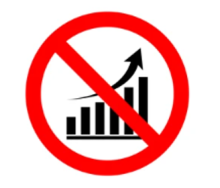After four turbulent years, the outlook for sub-Saharan Africa is gradually improving.
That’s according to the latest report from the International Monetary Fund which predicts that growth will rise from 3.4% in 2023 to 3.8% in 2024, with nearly two-thirds of countries anticipating higher growth.
South Africa’s dismal growth, however - at 0.6% for 2023, 0.9% for 2024 and 1.2 for 2025 – is considerably out of step with the region.
Economic recovery is expected to continue beyond this year, with growth projections reaching 4.0% in 2025. Additionally, inflation has almost halved, public debt ratios have broadly stabilised, and several countries have issued Eurobonds this year, ending a two-year hiatus from international markets.
However, not all is favourable, the IMF cautions. The funding squeeze persists as the region’s governments continue to grapple with financing shortages, high borrowing costs, and impending debt repayments. Risks to the outlook remain tilted to the downside. The region continues to be more vulnerable to global external shocks, as well as the threat of rising political instability, and frequent climate events.
The organisation believes that three policy priorities can help countries adapt to these challenges: improving public finances without undermining development; monetary policy focused on ensuring price stability; and implementing structural reforms to diversify funding sources and economies. Amid these challenges, sub-Saharan African countries will need additional support from the international community to develop a more inclusive, sustainable, and prosperous future.














